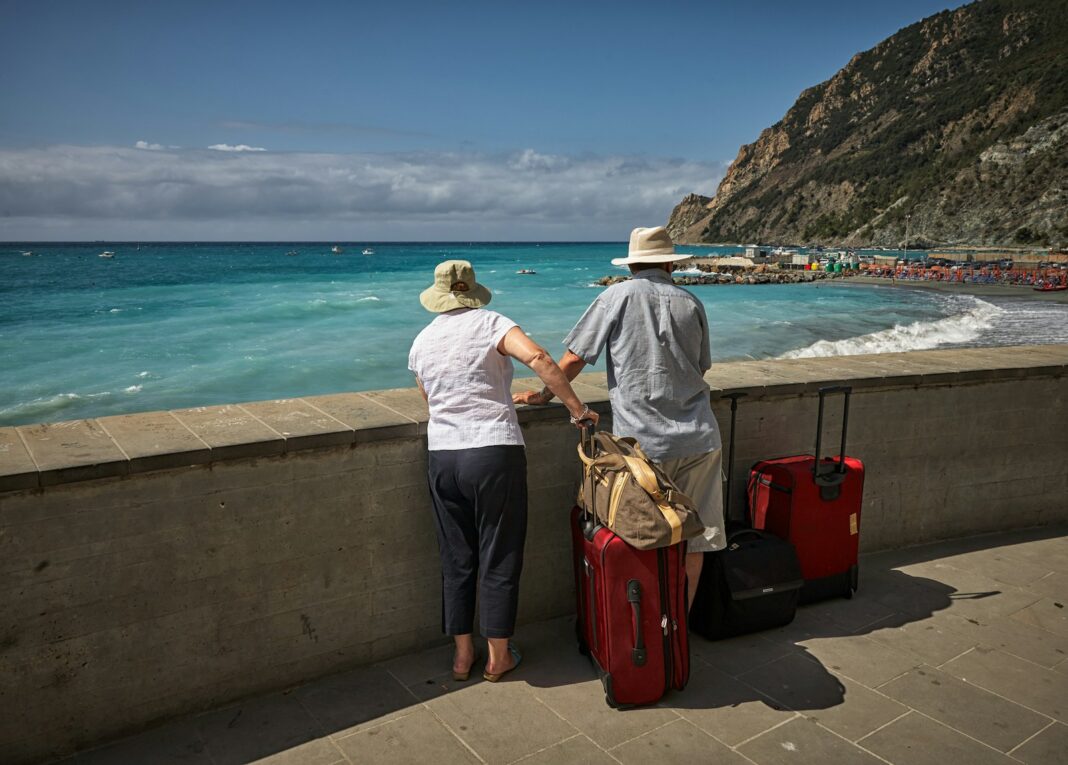Introduction
Traveling offers a unique opportunity to explore new places and meet diverse people. However, the experience can be significantly enriched by integrating into local cultures rather than merely observing them from a distance. This article provides insights and practical tips for travelers aiming to transition from temporary visitors to engaged participants in the communities they visit. By understanding and embracing local customs and traditions, travelers can forge deeper connections and enhance their overall experience.
1. Understanding Cultural Integration
Cultural integration involves more than just visiting a new place; it requires active participation and respect for the local way of life. This process involves adapting to new cultural norms, building relationships with locals, and contributing to the community in meaningful ways.
Benefits of Cultural Integration
- Enhanced Experience: Gaining a deeper understanding of local customs and traditions can lead to more fulfilling and memorable travel experiences.
- Meaningful Connections: Building relationships with locals fosters authentic interactions and creates opportunities for shared experiences.
- Personal Growth: Adapting to different cultural norms challenges your perspectives and promotes personal development.
Challenges of Cultural Integration
- Language Barriers: Communicating effectively in a foreign language can be challenging but is essential for meaningful interactions.
- Cultural Sensitivity: Navigating unfamiliar customs requires a respectful and open-minded approach to avoid misunderstandings or inadvertent offenses.
2. Tips for Integrating into Local Cultures
Successfully integrating into local cultures requires effort and openness. Here are some practical tips to help you become more immersed in the communities you visit:
Learn the Language
- Language Basics: Start by learning basic phrases and greetings in the local language. This demonstrates respect and willingness to engage with the community.
- Practice Regularly: Use language learning apps, attend local language classes, or practice with native speakers to improve your skills.
- Cultural Context: Understand the cultural nuances and expressions associated with the language to communicate more effectively.
Respect Local Customs and Traditions
- Research: Before traveling, research the local customs, traditions, and etiquette to avoid cultural faux pas.
- Observe and Adapt: Pay attention to how locals behave and adapt your actions accordingly. This includes dress codes, dining etiquette, and social norms.
- Participate in Local Festivals: Join in local celebrations and festivals to experience cultural traditions firsthand and connect with community members.
Build Relationships with Locals
- Engage with Community: Attend local events, visit markets, and frequent neighborhood businesses to interact with residents.
- Volunteer: Contributing your time and skills to local projects or organizations can create opportunities to meet people and make a positive impact.
- Join Local Groups: Participate in community groups or clubs that align with your interests, such as sports teams, art classes, or hobby groups.
Embrace Local Cuisine
- Try Local Dishes: Sample traditional foods and drinks to gain insight into the local culture and culinary practices.
- Learn Cooking Techniques: Take a cooking class to learn how to prepare local dishes and understand the significance of various ingredients and techniques.
- Dine Locally: Support local eateries and markets instead of international chains to experience authentic flavors and support the local economy.
Respect Local Practices
- Follow Social Norms: Adhere to local practices and social norms, including respectful behavior in public spaces and observance of local religious practices.
- Understand Taboos: Be aware of and avoid behaviors or topics that are considered taboo or offensive in the local culture.
- Dress Appropriately: Dress in a manner that is respectful of local customs and practices, especially when visiting religious sites or traditional communities.
3. Cultural Integration in Different Types of Destinations
The approach to cultural integration may vary depending on the type of destination. Here are some considerations for integrating into different types of locations:
Urban Environments
- Explore Neighborhoods: Venture beyond tourist areas and explore diverse neighborhoods to experience different facets of city life.
- Use Public Transportation: Utilize local transportation methods to interact with residents and understand daily routines.
- Attend Local Events: Check local listings for events, performances, and exhibitions to immerse yourself in the city’s cultural scene.
Rural Areas
- Engage with Agriculture: Participate in local farming activities or agricultural festivals to gain insights into rural life and traditions.
- Visit Local Markets: Explore rural markets to discover local products and crafts and interact with vendors and artisans.
- Stay with Locals: Consider staying with local families or in community-run accommodations to experience rural hospitality and lifestyle.
Coastal and Island Destinations
- Respect Marine Practices: Understand and follow local practices related to marine life, including fishing traditions and conservation efforts.
- Learn about Island Cultures: Explore the unique cultural practices and traditions of island communities, including traditional ceremonies and folklore.
- Support Sustainable Tourism: Choose eco-friendly activities and accommodations that promote sustainable tourism and environmental preservation.
Mountainous Regions
- Participate in Local Traditions: Engage in traditional mountain practices, such as seasonal festivals, crafts, or local sports.
- Respect Environmental Practices: Follow local guidelines for environmental conservation and outdoor activities to protect natural resources.
- Interact with Local Communities: Visit mountain villages and interact with residents to learn about their way of life and cultural heritage.
For booking tours and experiences that offer deeper cultural immersion, visit Viator.
4. Making the Most of Your Cultural Integration
To maximize your cultural integration experience, consider the following approaches:
Document Your Experience
- Journaling: Keep a journal of your experiences, observations, and interactions to reflect on your journey and growth.
- Photography: Capture moments of cultural significance, with respect for privacy and local customs.
- Share Your Story: Share your experiences with others through blogs, social media, or community presentations to inspire and educate.
Continue Learning
- Expand Your Knowledge: Continue learning about the culture, history, and language of the places you visit. Engage with local literature, music, and art to deepen your understanding.
- Stay Connected: Maintain connections with people you meet during your travels. This can lead to future visits, collaborations, or ongoing friendships.
Apply What You’ve Learned
- Integrate Cultural Insights: Apply the cultural insights and lessons learned during your travels to your daily life and interactions with others.
- Support Global Causes: Use your experiences to advocate for cultural understanding and support global initiatives that promote cultural preservation and social impact.
Conclusion
Integrating into local cultures while traveling offers a richer and more meaningful experience than traditional tourism. By engaging with communities, respecting customs, and embracing new practices, travelers can gain deeper insights and create lasting connections. For more information on cultural immersion and travel experiences, visit Unisho.
Disclaimer: The information provided is accurate to the best of our knowledge at the time of writing. For the most current details on travel and cultural integration, please refer to specific travel guides or platforms such as Viator.

